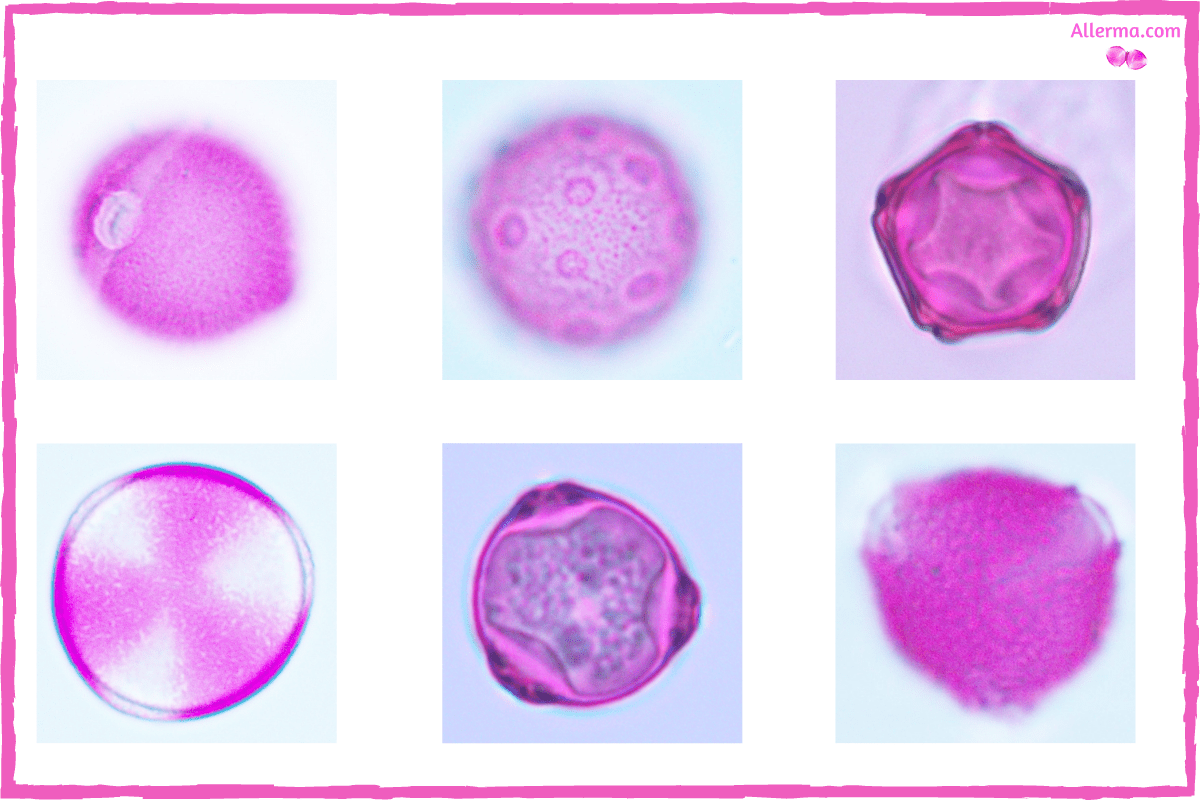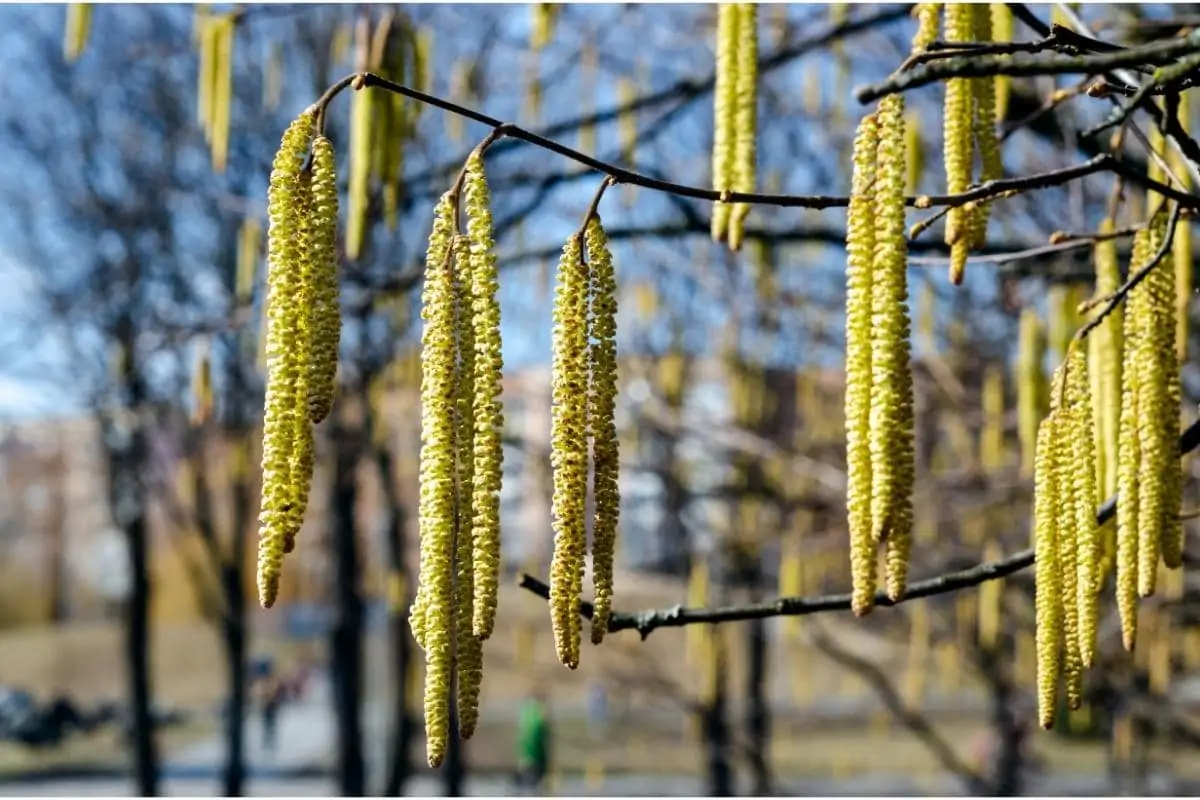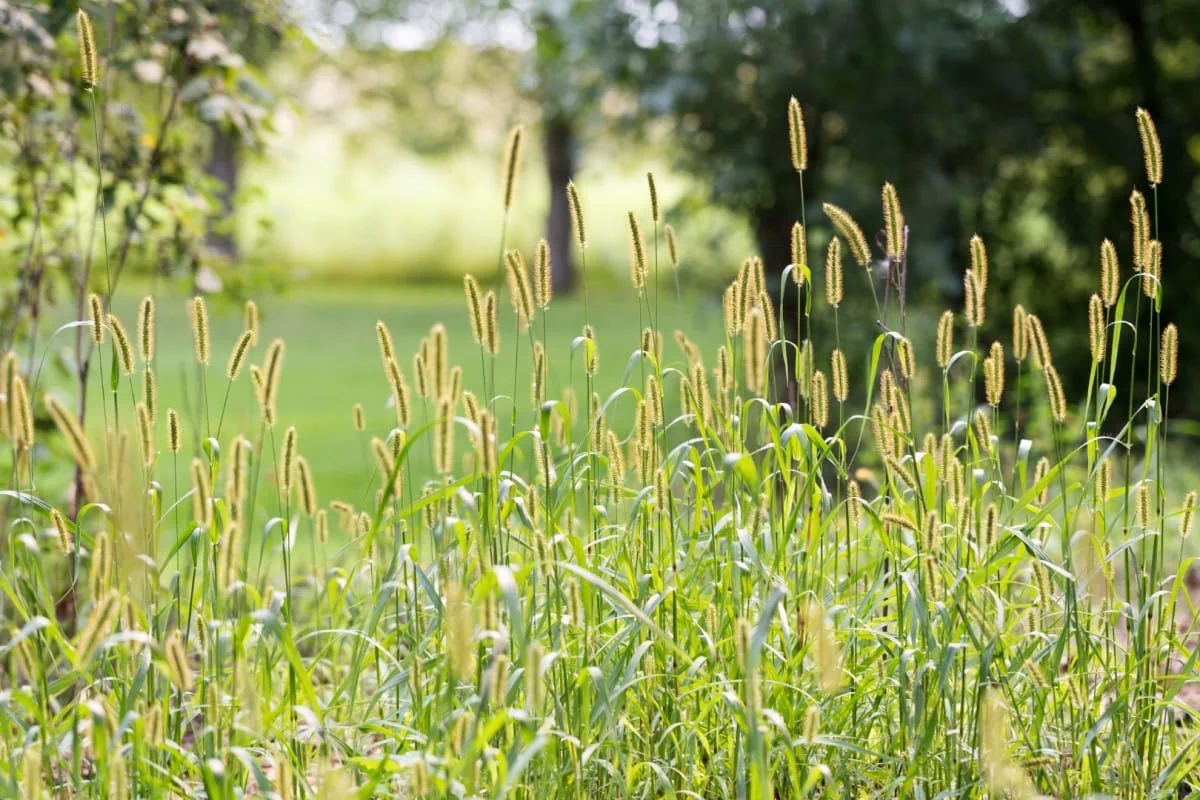Pollen counts as a % of the season’s peak load of the plant.
The pollen counts will remain insignificant in the San Francisco Bay Area until late November. We will return with new pollen reports after Thanksgiving.
Burlingame Pollen Count Commentary
I do regular air sampling and plant inspection to bring you the most accurate pollen count of Burlingame. The city proudly holds the “Tree City USA” designation from the Arbor Day Foundation. True to its reputation, the city boasts of a rich and diverse suburban forest.
Redwood, oak, olive, pine, sweetgum, birch, and sycamore are the primary contributors to Burlingame pollen count.
Cypress from the coast, alder from San Mateo, and Chinese elms from Hillsborough, too, add to the pollen count of Burlingame.
The city does see grass pollen come in from the Sawyer camp and other trails on the bay. The grass pollen primarily shows up during spring and summer.
Among weeds, fortunately, I have never seen ragweed pollen in our air surveys. However, I routinely see low pollen counts of nettle, sagebrush, pigweed, dock, and English plantain in Burlingame air.
Our air sampling location for Burlingame is at:
Bellevue Ave, Burlingame, CA 94010
If allergies have adversely impacted your lives, you would definitely benefit from the following three guides.
-
Pollen pictures of allergy plants.
The pollen pictures below were taken in my lab using an Olympus compound microscope. To bring clarity to the features of the pollen, different level of digital zoom is used.
-
Pollen allergy: A beginner’s guide with photos.
In his influential book – “The art of war”, general Sun Tzu wrote, ” If you know the enemy and know yourself, you need not fear the results of hundred
-
Grass allergy – A beginner’s guide w/ photos
What is grass allergy? Many allergy sufferers misunderstand grass allergies to be a reaction to the soft green swath that adorns their front lawn, or, the one they see in
Our Methodology
We use a combination of air sampling and plant inspections to identify which plants are releasing pollen.
We refrain from using the traditional high, medium, and low classifications because they are rather meaningless for an allergy sufferer. The concentration scales of high-medium-low are designed for academics and not for allergy sufferers. Besides, what is a low count for one person can be very high for someone with strong allergies.
If you are still curious, you can read more about our methodology here.




